Practice is essential in improving, but most players fail to practice effectively or efficiently. I look at data to help analyze how I can help improve a players practice. Every tournament player that I coach I suggest them to use ShotbyShot.com, a statistical analysis program designed by Peter Sanders. By tracking data, we receive similar data to what the PGA Tour players can get. Through analyzation, we can track tendencies, in particular, knowing the distances they play the most strokes from.
We coach a lot of tournament golfers; whether they are Tour Players, top amateurs, or junior golfers hoping to play in college, the goal is the still the same: they want to know how to improve so they can shoot lower scores in competition.
 To truly accomplish this, we must measure. I have developed the Precision Coaching Program to measure practice similar to the way you would measure a competitive round. I want to know if the player is improving in practice and how this relates to their scores in tournaments.
To truly accomplish this, we must measure. I have developed the Precision Coaching Program to measure practice similar to the way you would measure a competitive round. I want to know if the player is improving in practice and how this relates to their scores in tournaments.
If I ask most golfers what they needed to do to improve, the standard answer is to practice more. Well, that’s probably true, but how are you going to practice?
For example, if a player is losing 4 strokes per round putting, then we need to find out where you are losing these strokes. Is it because you are 3-putting too often from 20 feet, or is because you are missing every putt inside six feet. Once we know this we can determine a practice plan. It’s important to learn how to spend the majority of your practice time on the areas of your game that will provide the greatest impact in improving your score.
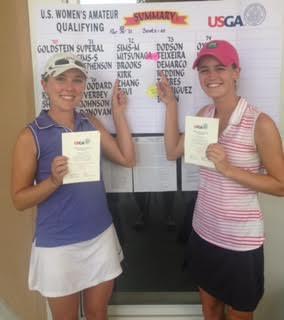 The Precision Coaching Program monitors your practice and keeps you from straying off track. The data gives us indicators as to the most productive way to practice. I’m not advocating ignoring practicing our strengths, but it would make sense that this player needs to improve her putting before the scores will come down.
The Precision Coaching Program monitors your practice and keeps you from straying off track. The data gives us indicators as to the most productive way to practice. I’m not advocating ignoring practicing our strengths, but it would make sense that this player needs to improve her putting before the scores will come down.
“Stated most simply, if you want something to get done, measure it.”
Practice Perfect by Doug Lemov, Erica Woolway, and Katie Yezzi
One of the Indicators is to look at Percentage of Approach Shots from Different Distances.
In the chart below, you can see the percentage of approach shots from each distance. These statistics were taken in tournament rounds in 2017. Notice that the PGA Tour players, at 61%, play most of their approach shots from outside of 150 yards. The female golfers in the Precision Golf School database play 56% of their shots from 125-175 yards. The PGS male players played 63% of their shots from 150-200 yards. Knowing these overall trends plus having specific information for a player, allows us to design a more productive practice plan. I have these numbers broken down for each player in our system. While there is some variance, it’s statistically very small. I’m confident this table could provide a guide to help with practice.
Percentage of Approach Shots From Each Distance
| 50-75 yards | 75-100 yards | 100-125 yards | 125-150 yards | 150-175 yards | 175-200 yards | 200+ yards | |
| PGA Tour | 3% | 6% | 12% | 17% | 20% | 19% | 22% |
| PGS Female Player | 6% | 10% | 18% | 27% | 29% | 7% | 3% |
| PGS Male Player | 5% | 7% | 13% | 20% | 28% | 15% | 13% |
Let’s take an example of a PGS female golfer from this group and focus on practice improving approach shots. Let’s say the player will practice approach shots four hours per week out of the total 10 hours of typical practice time. That means their practice should look like this:
Shots from 50-100 yards 45 minutes 19% of approach practice / 16% of competitive shots
Shots from 100-125 yards 45 minutes 19% of approach practice / 18% of competitive shots
Shots from 125-175 yards 2 hours 50% of approach practice / 56% of competitive shots
Shots from over 175 yards 30 minutes 12% of approach practice / 10% of competitive shots
Strokes Gained & Analytics
There is another factor in how we structure our practice time. That part is based on strokes gained. Strokes gained is a statistical measurement of your performance against a norm. We compare your results in various parts of the game (driving, approach shots, short game, bunker & putting) to a scratch golfer to understand where you are gaining and losing strokes to the field.
If this player was losing strokes from 100-125, but gaining from 150-175, then I would adjust the time slightly to spend a bit more time in the area that the player is losing the most strokes. I say that with also knowing that most players seem to struggle the most in the distances that they hit the most shots, so this adjustment would only be slight.
The Precision Coaching Program has proven results and is tested at the highest levels.
I know this information can you help you improve the way you practice. If you develop a system of practice, measure your results, and continually evaluate, you will improve your tournament results. 90% of players using this system improved their tournament scoring average from 2016 to 2017.
In next weeks article, I will examine the different types of practice and the advantages of each to maximizing your time and results.
 |
Robert Linville is the Founder and Director of Instruction at Robert Linville’s Precision Golf School. In addition to being an award winning instructor, Robert also coached collegiately for 13 years and was a two-time NCAA National Coach of the Year. Robert has taught and coached players on all major professional tours, top amateurs, and many elite junior golfers.
He co-founded the PKBGT in 2006 and serves as the PerformPKB Player Performance Consultant. To learn more about the Precision Coaching Program, please contact Robert Linville at rlinville@precisiongolfschool.com. |
“I’ve worked with Robert for 10 years and he has always challenged me to set goals and push myself further. I’ve been using the Precision Coaching Program for the past three years since Robert introduced it. I really enjoy doing the different challenges and tracking my progress of practice. It has helped my self-confidence, my focus in practice, and my ability to be more productive in practice. I’m not a huge stats person, but Robert has taught me how to use the stats to simplify my process and narrow my focus on fewer areas to improve. When you break down a goal, like improving putting from gaining .15 strokes per round to gaining .25 strokes per round, it doesn’t seem like such a daunting task. The Precision Coaching Program has definitely been instrumental in the development of my game.”
Katherine Perry Hamski, LPGA Tour Professional

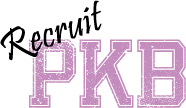

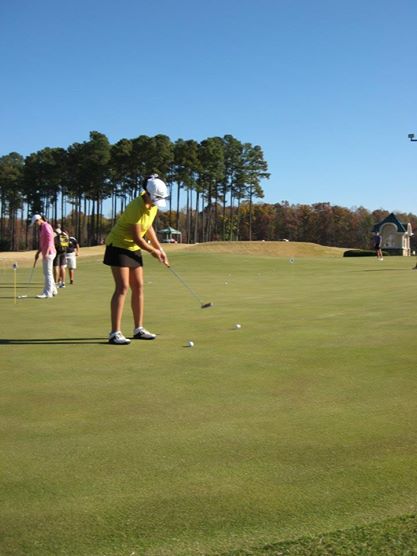
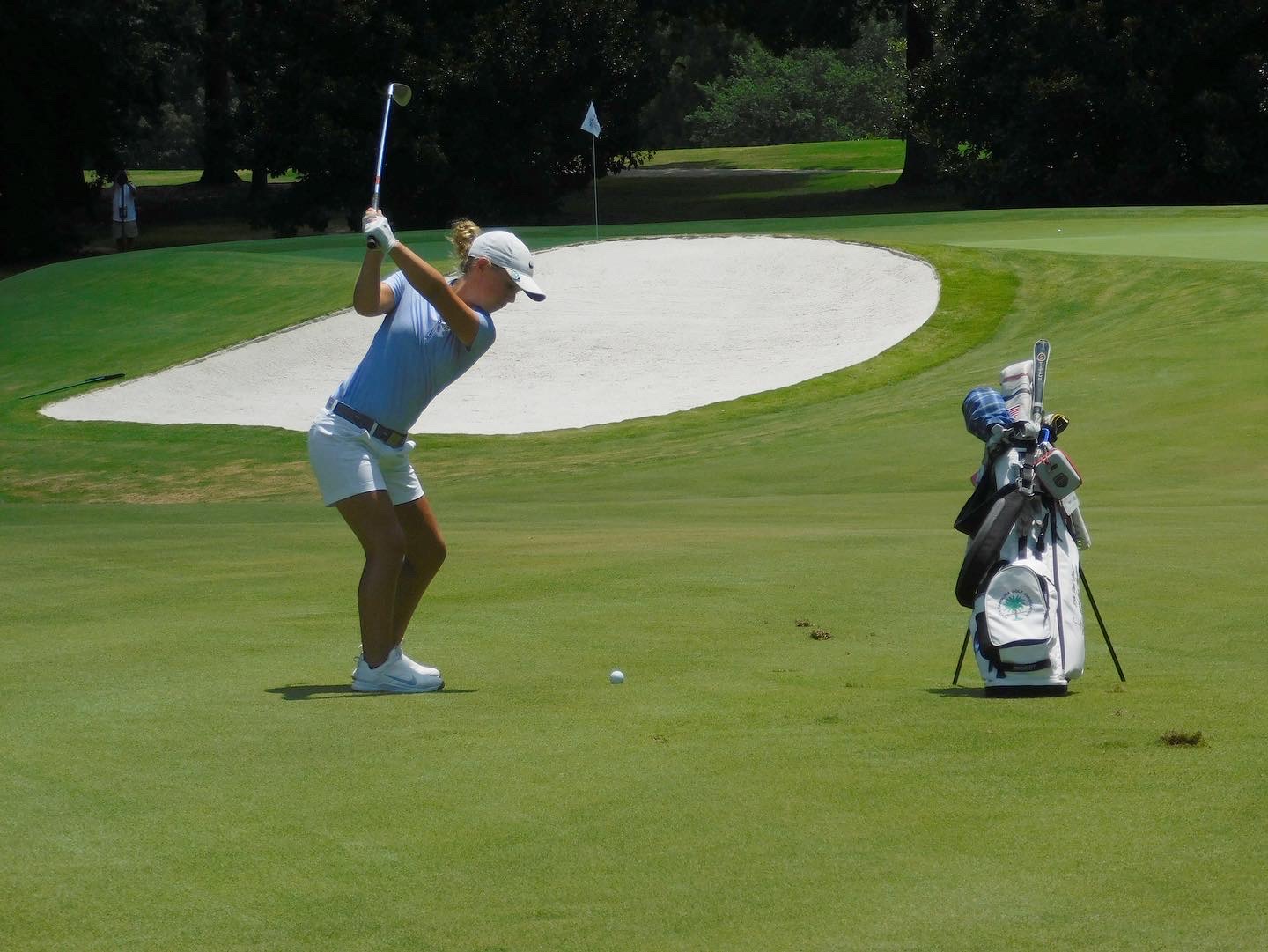


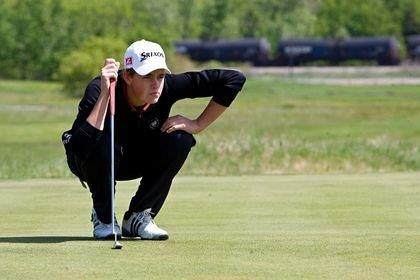
Leave A Comment